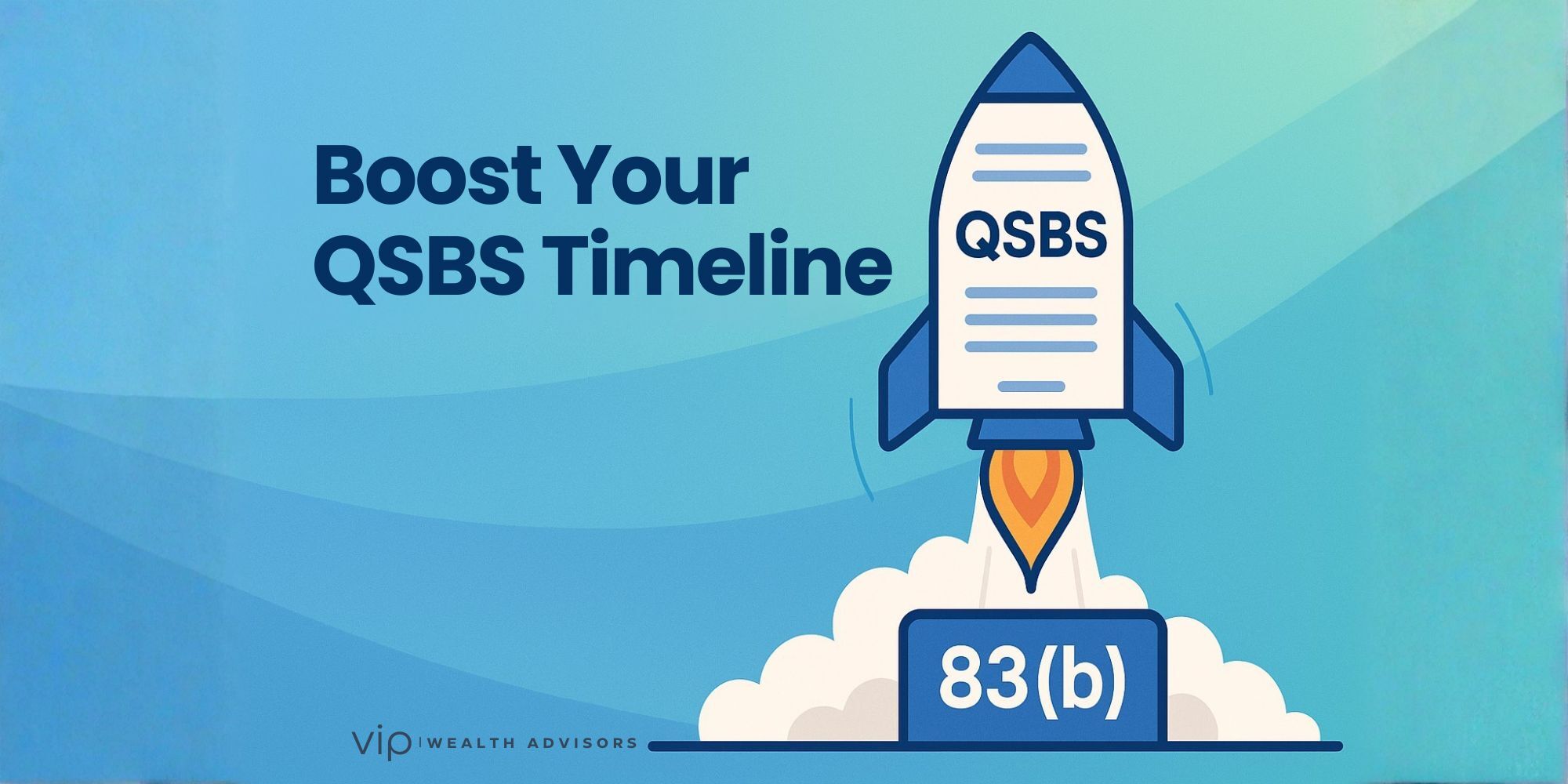For the millions of Americans living and working abroad, navigating the U.S. tax system can feel like playing a complex game with ever-changing rules. Unlike most countries, the United States taxes its citizens and residents on their worldwide income, regardless of where they live. That means even if you’re living in London, paid by a company in Berlin, and spending weekends in Bali, the IRS still expects you to file a U.S. tax return—and potentially pay U.S. tax on that income.
Fortunately, the U.S. tax code provides two critical tools to mitigate this burden and avoid double taxation: the Foreign Earned Income Exclusion (FEIE) and the Foreign Tax Credit (FTC). While these provisions can significantly reduce or even eliminate U.S. tax for expats, they work in fundamentally different ways—and choosing the right one (or a strategic combination of both) requires careful planning.
As we head into the 2025 tax year, the FEIE limit has increased again with inflation adjustments, and planning opportunities remain ripe for high earners, remote workers abroad, and dual citizens. In this article, we’ll break down the latest IRS limits, eligibility tests, tax planning strategies, and common pitfalls for Americans living overseas.
Understanding the Foreign Earned Income Exclusion (FEIE)
The Foreign Earned Income Exclusion (FEIE) allows qualifying taxpayers to exclude a certain amount of foreign-earned income from their U.S. taxable income. For 2025, the IRS has raised the exclusion limit to $130,000 per qualifying taxpayer, up from $126,500 in 2024.
What Income Can Be Excluded?
Only earned income qualifies for exclusion under the Foreign Earned Income Exclusion (FEIE). This includes:
- Wages and salaries earned for services performed abroad.
- Self-employment income from foreign sources (though self-employment tax still applies).
- Certain employer-provided benefits, like allowances for housing or cost of living.
Excluded income does not include:
- Interest and dividends
- Capital gains
- Pension or annuity income
- U.S. government wages
- Rental income
Eligibility Requirements: Two Paths to Qualify
✅ 1. Physical Presence Test
- Requires that the taxpayer be physically present in a foreign country (or countries) for at least 330 full days during any 12-month period.
- These 330 days do not need to be consecutive, but they must be within a continuous 12-month window.
- The 12-month period can span across two tax years (e.g., July 1, 2024, to June 30, 2025).
- This test is purely objective, based on the actual number of days spent abroad.
Example:
A remote worker lives in Spain from February 15, 2024 through April 15, 2025, and takes a few short trips back to the U.S. for holidays. As long as they’re outside the U.S. for 330 full days during any 12 months within that range, they pass the test.
✅ 2. Bona Fide Residence Test
- Requires that the taxpayer be a bona fide resident of a foreign country for an entire calendar year (January 1 to December 31).
- This is more subjective, based on facts and circumstances, including:
- Possession of a residency visa
- Established home abroad
- Intention to stay long-term
- Paying taxes in a foreign country
Example:
A taxpayer moves to Germany in December 2023 and remains there continuously through 2025, establishing a long-term lease, enrolling their kids in school, and paying German taxes. They would likely qualify under the bona fide residence test for 2024 and 2025.
🚫 What Doesn’t Qualify?
- Spending just a few months abroad (e.g., digital nomad trips, short assignments) without meeting the 330-day threshold.
- Vacation or business travel that doesn’t meet the physical presence or bona fide residence requirements.
- Working remotely abroad but returning frequently to the U.S. such that you fall short of the day count.
Bottom Line:
Yes—you must be physically living abroad for the majority of the year to qualify for the FEIE. It's designed for true expats, not for people taking extended working vacations or living abroad part-time.
If you can't meet the FEIE thresholds, your next best tool is the Foreign Tax Credit, which doesn’t require a minimum number of days abroad but instead relies on paying or accruing foreign taxes on income.
Housing Exclusion and Deduction
In addition to the base exclusion, expats can also claim a foreign housing exclusion (if employed) or deduction (if self-employed). For 2025, the base housing amount is still $18,200 (i.e., $15,872 for most cities unless a high-cost allowance applies). For some high-cost cities, the IRS allows greater housing exclusions—over $100,000 in certain metro areas like Hong Kong and Tokyo.
How to Claim the FEIE
To claim the exclusion:
- File Form 2555 with your IRS Form 1040.
- You must make the election on a timely filed return or amended return.
Important caveat: If you revoke the FEIE, you cannot re-elect it for 5 years without IRS approval.
The Foreign Tax Credit: A Dollar-for-Dollar Offset
Where the FEIE reduces your taxable income, the Foreign Tax Credit (FTC) reduces your tax owed—dollar for dollar—on foreign-source income that is also taxed abroad.
This makes the FTC especially powerful for:
- High-income taxpayers paying substantial foreign taxes.
- Those with foreign passive income (interest, dividends, capital gains).
- Taxpayers earning more than the FEIE limit.
Who Qualifies for the Foreign Tax Credit?
You can take the FTC if:
- You paid or accrued foreign income tax to a foreign country or U.S. possession.
- The tax was imposed on you (not your employer).
- The tax was a legal and actual foreign income tax (not VAT or sales tax).
- The income is not excluded under the FEIE.
How to Claim the FTC
- Use Form 1116, Foreign Tax Credit, unless you meet the exception (foreign tax ≤ $300 single or $600 joint on passive income with no Form 1116 required).
- You must report foreign-source income and the foreign tax paid/accrued.
- You must elect whether to take the credit or a deduction (credit is usually preferable).
The Credit Limitation Formula
Your foreign tax credit cannot exceed your U.S. tax liability on the foreign-source income. The formula is:

Any excess credit can be:
- Carried back 1 year, and
- Carried forward up to 10 years.
Choosing Between the FEIE and FTC (or Combining Both)
Although both the FEIE and FTC help prevent double taxation, they cannot be used on the same dollar of income. In general:
| Scenario | FEIE | FTC |
|---|---|---|
| Low to moderate income | ✅ | — |
| High foreign taxes | — | ✅ |
| Passive foreign income | — | ✅ |
| Income under $130,000 | ✅ | — |
| Income over $130,000 | ⚠️ (partial) | ✅ (on remainder) |
| No foreign tax paid | ✅ | ❌ |
| Long-term career abroad | ✅ | ✅ |
| Working in low/no tax country (UAE, Bermuda) | ✅ | ❌ |
Many taxpayers mistakenly think they must choose one or the other, but in reality, the optimal strategy often involves using both:
Exclude the first $130,000 in wages using FEIE, then use FTC to offset foreign taxes on income above the FEIE limit or on non-wage income (like foreign interest or rental income).
Common Pitfalls and Planning Opportunities
1. Self-Employment Tax Still Applies
FEIE does not shield self-employment income from U.S. self-employment tax (15.3%). Expats running businesses or freelancing abroad often face large SE tax bills—even if their income is fully excluded from income tax.
Planning tip: Consider an S-Corp structure or use FTC, where foreign social taxes are paid.
2. Double Counting Excluded Income
You cannot claim FTC on foreign taxes paid for income already excluded by the FEIE. Doing so results in double benefit and disallowed credits. Carefully track which income you exclude and which you claim credits on.
3. Loss of Earned Income Credit (EITC) or IRA Eligibility
Claiming FEIE reduces your earned income, which may:
- Eliminate your ability to contribute to a Roth IRA or a deductible traditional IRA.
- Disqualify you from child tax credits or EITC.
- Shrink income-based benefits or phaseouts.
4. Treaty Interactions
Treaty provisions may override general rules. For example, the U.S.-UK tax treaty allows pension deferrals, which may shift sourcing. Be mindful of Article-specific overrides and savings clause limitations.
What’s New for 2025?
- FEIE increased to $130,000 per taxpayer.
- The foreign housing base amount remains $18,200, but some cities have updated their thresholds.
- FTC carryover provisions and Form 1116 requirements remain unchanged.
Additional noteworthy updates:
- Expats continue to receive an automatic two-month filing extension (to June 16, 2025), though interest on any balance due still accrues from April 15.
- Digital nomads and remote workers may face “stateless income” issues—especially if working from countries without tax residency or enforcement (e.g., Bali, Costa Rica). In such cases, FEIE may be more useful than FTC.
Strategic Case Study
Maria, a U.S. citizen working in Germany for a multinational company, earns $190,000 per year and pays $55,000 in German income taxes.
- She qualifies for FEIE under the physical presence test and excludes $130,000.
- That leaves $60,000 of U.S. taxable income.
- She uses the FTC to claim credit for taxes paid on that $60,000 (~$17,368 German tax allocated to that income).
- Her U.S. tax on $60,000 is $8,500, which is fully offset by the FTC.
- Total U.S. tax owed: $0.
This combined strategy results in zero U.S. tax liability, full compliance, and maximized benefit.
Final Thoughts: Optimize With Intention
The FEIE and FTC remain two of the most powerful tax-saving tools for U.S. citizens living abroad. But choosing the right approach—and coordinating between them—requires more than guesswork. It requires:
- Understanding how income is sourced.
- That leaves $60,000 of U.S. taxable income.
- Knowing what types of income are eligible for exclusion vs. credit.
- Navigating complex IRS forms (2555 and 1116).
- Anticipating self-employment tax and global mobility issues.
- Planning for carryforwards, foreign housing, and future earnings.
Working with a qualified financial planner or tax advisor who understands international tax strategy can yield thousands—if not tens of thousands—of dollars in tax savings annually.
If you're an American abroad, don’t leave these benefits on the table. With the right plan, you can comply with IRS rules while minimizing your global tax bill.
📅 Schedule Your Complimentary Strategy Call
If you’re earning income abroad or planning an international move, let’s make sure you’re not leaving money on the table—or triggering taxes you could avoid. I’ll help you evaluate the Foreign Earned Income Exclusion, the Foreign Tax Credit, and structure a plan that keeps your global income working for you. 📆 Book Your Call Today
View More Articles by Topic
- Taxes (73)
- Financial Planning (39)
- Equity Compensation (32)
- Investments (22)
- RSU (21)
- Tax Policy & Legislation (18)
- Business Owner Planning (14)
- Incentive Stock Options (14)
- Retirement (13)
- Psychology of Money (10)
- Real Estate (9)
- AMT (8)
- Alternative Investments (8)
- Pre-IPO Planning (8)
- Estate Planning (7)
- NSOs (6)
- The Boring Investment Strategy (6)
- Capital Gains Tax (5)
- Crypto (5)
- Fiduciary Standard (5)
- QSBS (5)
- Post-IPO Tax Strategy (4)
- 401(k) Strategy (3)
- Private Investments (3)
- Q&A (3)
- ETF Taxes (2)
- IRA Strategy (2)
- Irrevocable Trust (2)
- Legacy Wealth (2)
- Market Insights (2)
- Market Timing (2)
- Stock Market (2)
- Venture Capital (2)
- Video (2)
- AUM vs Flat Fee (1)
- Altruist (1)
- Atlanta (1)
- Book Review (1)
- Charitable Giving (1)
- Education Planning (1)
- International Financial Strategies (1)
- Precious Metals (1)
- QTIP Trust (1)
- Revocable Trust (1)
- Schwab (1)
- Solo 401k (1)








